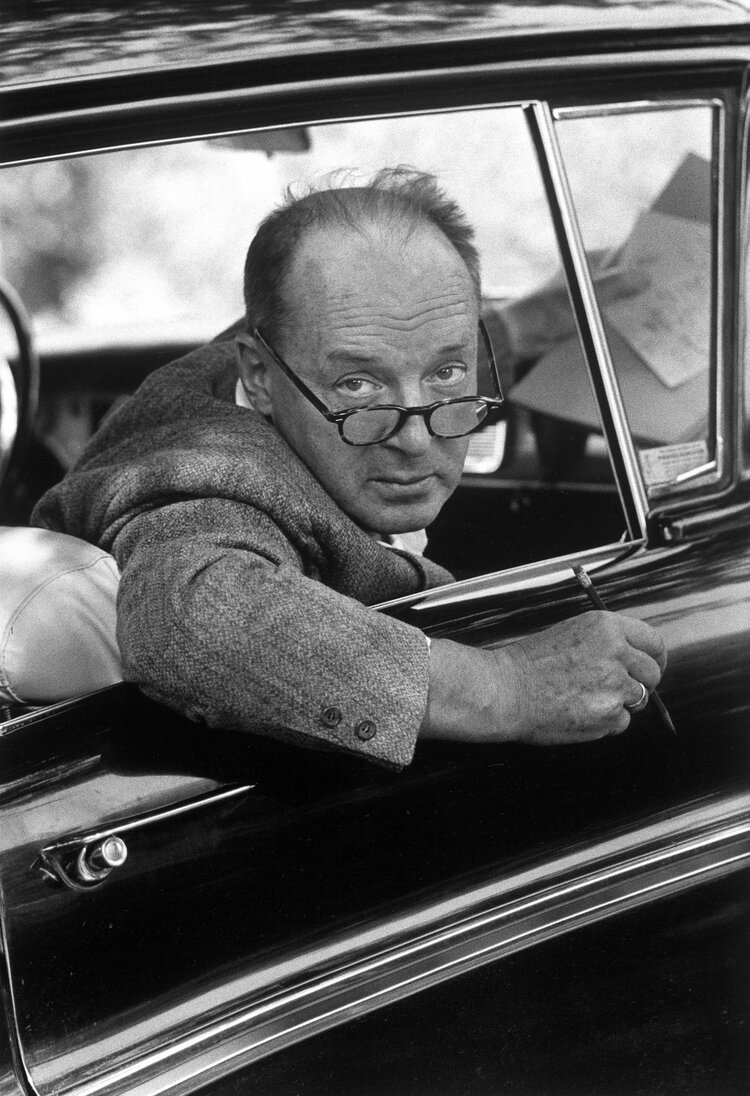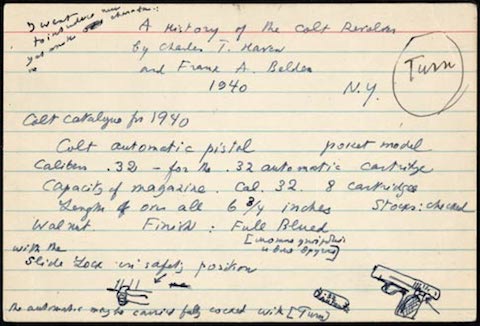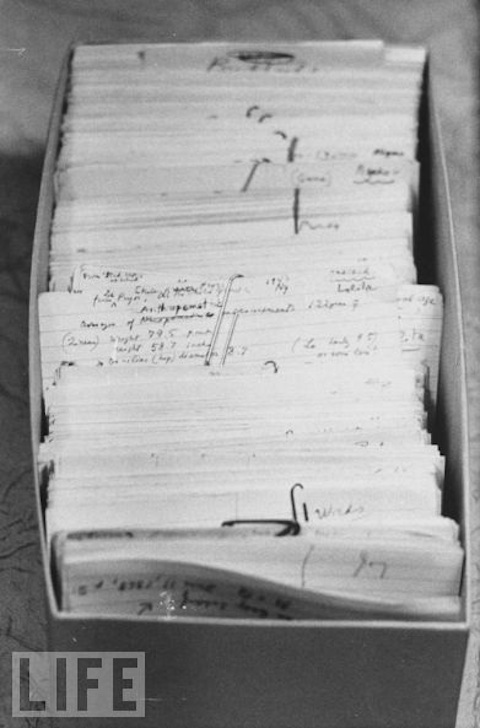While note cards have a certain portability about them for writing almost anywhere, aren't notebooks just as easily portable? In fact, with a notebook, one doesn't need to worry about spilling and unordering the entire enterprise.
There are, however, other benefits. By using small atomic pieces on note cards, one can be far more focused on the idea and words immediately at hand. It's also far easier in a creative and editorial process to move pieces around experimentally.
Similarly, when facing Hemmingway's White Bull, the size and space of an index card is fall smaller. This may have the effect that Twitter's short status updates have for writers who aren't faced with the seemingly insurmountable burden of writing a long blog post or essay in other software. They can write 280 characters and stop. Of if they feel motivated, they can continue on by adding to the prior parts of a growing thread. Sadly, Twitter doesn't allow either editing or rearrangements, so the endeavor and analogy are lost beyond here.
:max_bytes(150000):strip_icc():format(webp)/the-nabakovs-at-work-96793854-468f6ab40e914e45abdd1542fa370872.jpg)





